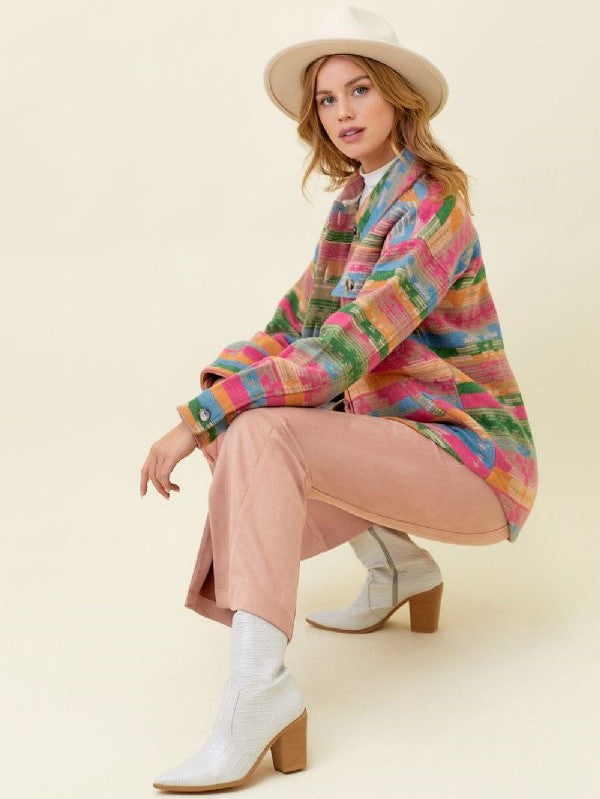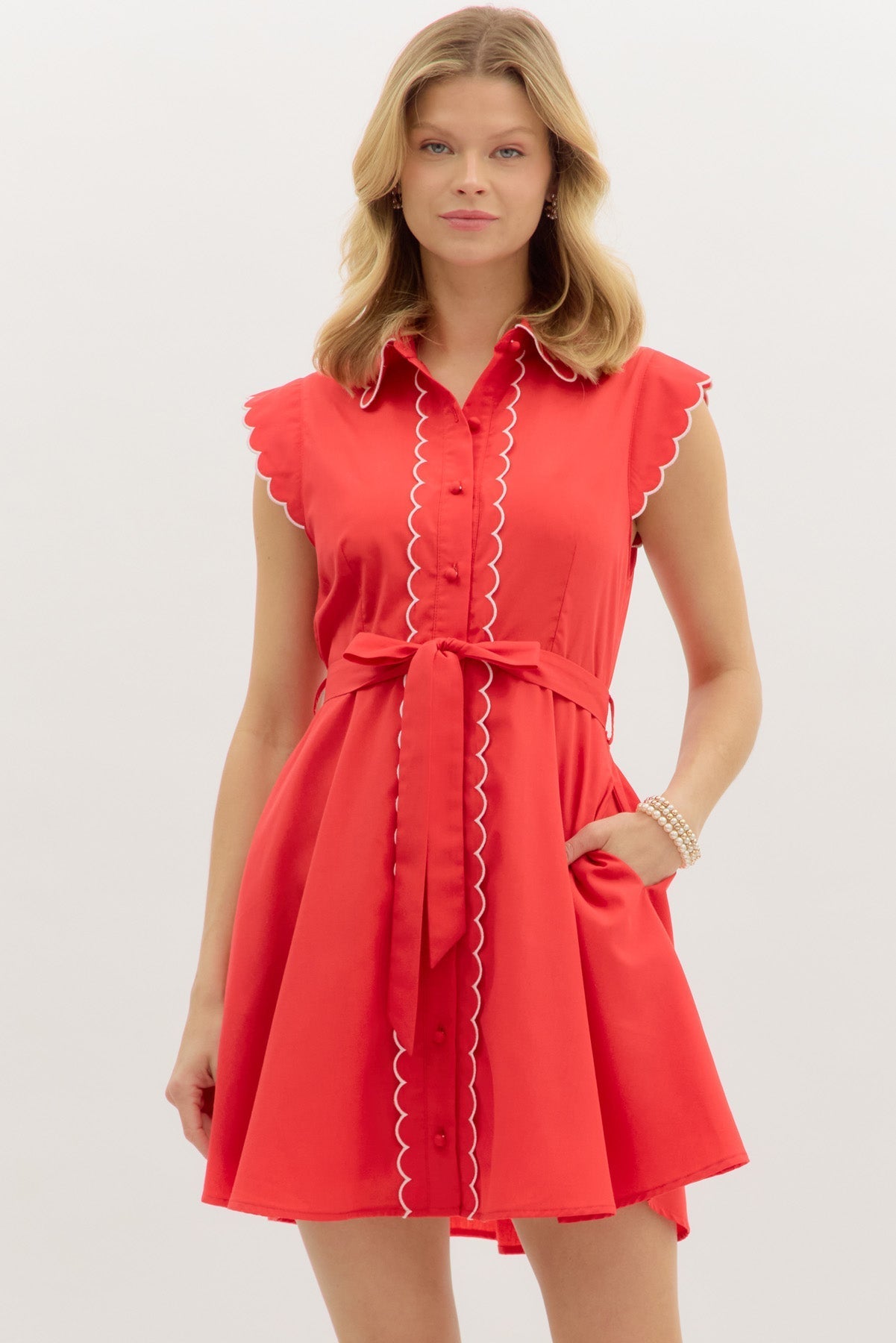Developing a personal fashion identity isn't about following every trend or copying celebrity looks—it's about understanding what makes you feel authentically yourself and building a wardrobe that consistently reflects those preferences. Your signature style elements are the recurring themes, silhouettes, colors, and details that appear throughout your best-loved pieces, creating a cohesive aesthetic that feels uniquely yours.
Identifying Your Natural Preferences
The foundation of personal style lies in honest self-assessment of what you're naturally drawn to and what makes you feel confident. Start by examining the pieces in your current wardrobe that you reach for repeatedly. What do these favorites have in common? Perhaps you consistently choose flowing silhouettes, or maybe you prefer structured pieces with clean lines. These patterns reveal your innate style preferences.
Pay attention to the details that consistently appeal to you. If you find yourself drawn to pieces with interesting necklines, textural elements, or specific types of embellishment, these preferences indicate elements that should feature prominently in your signature style. The scallop trim belted mini dress might appeal to someone whose signature elements include feminine details and structured silhouettes, while the flowing botanical tiered midi dress with adjustable straps would suit someone drawn to romantic, adjustable elements.
Consider your lifestyle requirements alongside aesthetic preferences. Your signature style should work with your daily activities, climate, and social environments. A style identity that looks beautiful but doesn't function in your real life won't feel authentic or sustainable long-term.
Silhouette Preferences and Body Harmony
Understanding which silhouettes make you feel most confident forms a crucial component of personal style identity. Some people feel their best in fitted pieces that follow body contours closely, while others prefer relaxed silhouettes that skim the body gently. Neither approach is superior—the key lies in identifying what feels authentic to you.
The contrast zip knit top with side slits represents one silhouette philosophy—structured but not restrictive, with interesting details that add visual appeal. This style works well for those who prefer pieces that provide shape while allowing comfortable movement. The side slit details add feminine softness to an otherwise clean-lined piece.
Caftan silhouettes, like that featured in our scallop floral caftan mini dress, appeal to those who prefer relaxed, flowing shapes that prioritize comfort and ease of movement. This style choice often indicates a preference for bohemian or relaxed feminine aesthetics, suggesting other style elements that might resonate with similar preferences.
Color Psychology and Personal Palette
Color preferences often run deeper than conscious choice, connecting to psychological comfort levels and skin tone harmony. Some people gravitate toward soft, muted palettes that create gentle, approachable impressions, while others prefer bold, saturated colors that make confident statements. Understanding your color preferences helps create wardrobe cohesion.
Floral patterns offer insight into color preferences through their combination of multiple hues. The watercolor floral flutter dress appeals to those who enjoy soft, blended color transitions and artistic effects. This preference might extend to other pieces featuring gradient effects, ombre treatments, or similarly soft color applications.
Consider how color affects your mood and confidence levels. Colors that make you feel energized and positive should feature prominently in your signature style, while those that feel draining or uncomfortable should be avoided regardless of current trends or others' opinions.
Pattern and Print Personalities
Your relationship with patterns reveals significant information about your style personality. Some people feel most comfortable in solid colors with interest created through silhouette and texture, while others embrace bold prints as expression of creativity and personality. The botanical prints in our tiered dresses appeal to those who enjoy nature-inspired motifs and romantic aesthetics.
Pattern scale preferences also indicate style personality traits. Large-scale patterns often appeal to confident dressers who enjoy making visual statements, while smaller patterns suit those who prefer subtle interest and versatility. Understanding your pattern comfort level helps guide future purchases and styling decisions.
Consider how patterns interact with your lifestyle and body preferences. Complex patterns can be forgiving for fit concerns but may limit accessory options, while simple patterns offer more styling versatility but require attention to fit and proportion.
Texture and Fabric Preferences
The tactile experience of clothing significantly affects comfort and confidence levels. Some people prefer smooth, sleek fabrics that create clean, polished appearances, while others gravitate toward textured materials that add visual and tactile interest. These preferences should influence your signature style development.
Structured fabrics like poplin, featured in our floral tiered poplin dress, appeal to those who prefer pieces that maintain their intended shape and create polished silhouettes. This preference often indicates a style personality that values precision and put-together appearances.
Flowing, drapey fabrics suggest different style priorities, emphasizing comfort, movement, and romantic aesthetics. Understanding your texture preferences helps you choose pieces that feel good against your skin while creating the visual impression you want to project.
Detail Preferences and Aesthetic Themes
The small details that consistently catch your eye reveal important information about your aesthetic preferences and can become signature elements in your personal style. Some people are drawn to feminine details like scalloped edges, ruffles, or flutter sleeves, while others prefer clean, minimalist finishes.
Hardware preferences also contribute to style identity. Some people consistently choose pieces with gold-toned details, while others prefer silver or mixed metal finishes. These preferences should remain consistent throughout your wardrobe to create cohesion and intentional styling.
Consider functional details that appeal to you. Adjustable elements, like those in the botanical tiered midi dress, might appeal to those who value customization and comfort. These functional preferences can become signature elements that appear throughout your wardrobe.
Building Wardrobe Cohesion
Once you've identified your signature style elements, use them as guidelines for future purchases and styling decisions. This doesn't mean rigid adherence to rules, but rather conscious choices that support your overall aesthetic vision. Every piece doesn't need to include every signature element, but each should align with your overall style identity.
Create mental or physical lists of your signature elements to reference when shopping or organizing your wardrobe. This helps prevent impulse purchases that don't align with your established preferences and ensures new additions work harmoniously with existing pieces.
Consider how your signature elements work together across different categories of clothing. Your preferred necklines, silhouettes, colors, and details should create harmony when combined, supporting rather than competing with each other.
Evolution and Refinement
Personal style identity evolves naturally over time as you gain life experience, confidence, and exposure to new influences. Allow your signature elements to develop and refine rather than remaining rigidly fixed. The goal is authentic self-expression rather than adherence to predetermined rules.
Pay attention to how your preferences shift with life changes, new experiences, and growing confidence. Elements that once felt too bold might become comfortable signature choices, while previously favored styles might no longer feel authentic.
Regular wardrobe assessment helps identify when your style identity is shifting and ensures your clothing continues to support your authentic self-expression. Remove pieces that no longer align with your developing preferences to make room for items that better reflect your current style identity.
Confidence Through Consistency
The ultimate goal of developing signature style elements is building confidence through authentic self-expression. When your wardrobe consistently reflects your genuine preferences and lifestyle needs, getting dressed becomes easier and more satisfying. You develop trust in your choices and feel comfortable in your appearance.
Signature style elements also help others understand and remember your aesthetic, contributing to a cohesive personal brand that supports both personal and professional goals. Consistency in style choices communicates intentionality and self-awareness that others find appealing and memorable.
Building personal fashion identity through signature style elements is an ongoing process of self-discovery and refinement. The goal isn't perfection but rather authentic expression that makes you feel confident, comfortable, and genuinely yourself in every aspect of your life.





